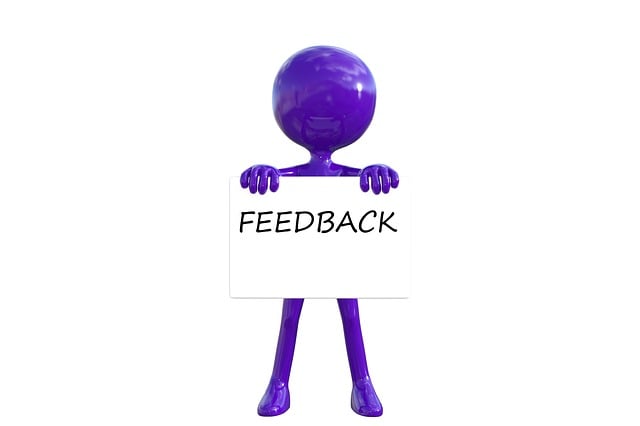Lower interest rates significantly boost the real estate market by increasing housing demand. Prospective buyers are encouraged to enter the market due to more affordable borrowing costs, leading to heightened activity across all segments of the sector. This positive cycle stimulates economic growth through construction jobs, local business spending, and higher homeownership rates. Staying informed about market trends, utilizing technology, and building a robust network of professionals is crucial for navigating this dynamic environment and achieving success in the thriving real estate sector.
Lower interest rates are a powerful catalyst for the real estate market, igniting a surge in housing demand. This article delves into the intricate link between reduced borrowing costs and residential property purchases, exploring their profound economic implications on real estate markets worldwide. We provide practical strategies for navigating this booming sector, offering insights for both buyers and investors to capitalize on this favorable environment while ensuring informed decision-making in the dynamic world of real estate.
Understanding the Link Between Lower Rates and Housing Demand

Lower interest rates have a profound impact on the real estate market, acting as a catalyst for increased housing demand. When rates dip, borrowing becomes more affordable, encouraging prospective homebuyers to enter the market. This is particularly significant for those who had been waiting on the sidelines due to financial constraints, as lower rates provide an opportune moment to secure a property at a more manageable cost.
The relationship between reduced interest rates and elevated housing demand is rooted in economic theory. Affordability plays a pivotal role in consumer behavior; when mortgages become less expensive, individuals are more inclined to pursue homeownership. This dynamic is further amplified by the psychological factor of feeling financially secure, leading to a surge in activity across various segments of the real estate market.
The Economic Impact on Real Estate Markets

When interest rates dip, it can have a profound effect on real estate markets. Lower rates make borrowing more affordable for prospective homebuyers, removing one significant barrier to entry. This influx of buyers, coupled with competitive prices, can stimulate demand and drive market activity. Real estate agents often witness a surge in inquiries and listings as folks take advantage of the favorable conditions to purchase or sell properties.
The economic impact extends beyond individual transactions. A robust real estate sector contributes to overall economic growth by generating construction jobs, stimulating local businesses through increased spending, and driving homeownership rates higher. This positive feedback loop can persist, creating a thriving environment for both buyers and sellers in the long term.
Strategies for Navigating a Booming Housing Sector

As lower rates ignite housing demand, real estate sectors across the globe are experiencing a boom. To navigate this bustling landscape, buyers and sellers alike must adopt strategic approaches. One key strategy involves staying informed about market trends and leveraging technological tools to identify emerging patterns and hot spots.
Additionally, building a robust network of reputable agents, contractors, and financiers is indispensable. Collaboration and communication within this network enable smooth transactions, ensuring that all parties are well-informed and prepared for the dynamic nature of the real estate market. These strategies are crucial for making informed decisions in a rapidly changing environment, ultimately leading to successful navigation and potential gains within the booming sector.






